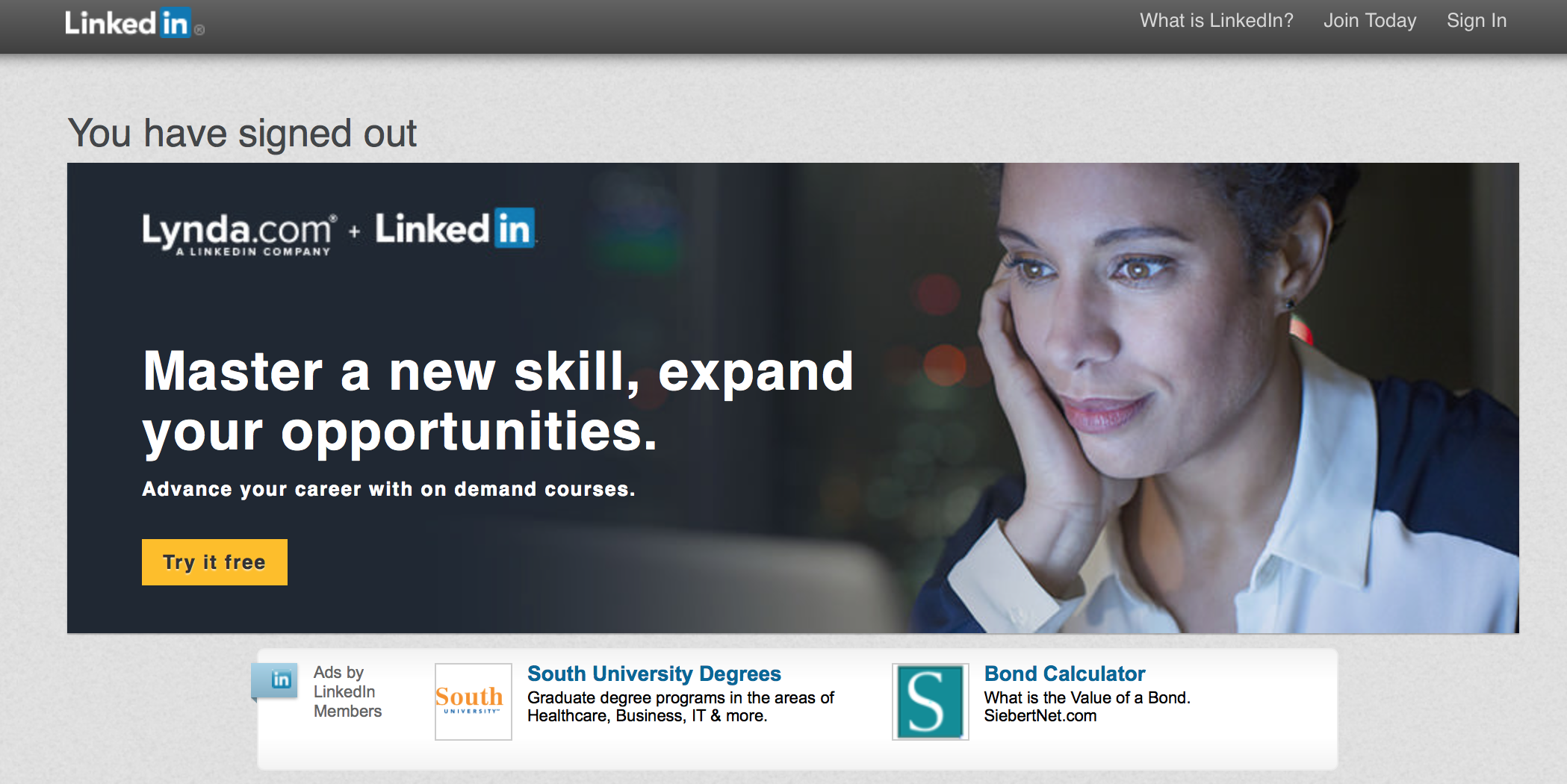Why LinkedIn Student Matters

LinkedIn has always had a demographic distribution that skewed towards the younger generations. This would seem to be for two main reasons. Firstly, the younger generations, such as millenials, are digital natives, growing up in an environment where they were quick to adapt to new trends in the online world. Many were already on multiple social media sites even before LinkedIn became popular, so it was a no-brainer for them to join the social media service that would also help them in their careers. Second is the fact that colleges now are pushing LinkedIn more and more as a way to help their students place into good jobs. I know here at the Wisconsin School of Business, I had to create a LinkedIn as one of my very first assignments in my very first business class. Many of my connections are fellow students in the School of Business, some of whom I’m sure only have their LinkedIn because they were required to get it.
To college students, and other younger members of LinkedIn, the services exists primarily as an avenue for finding jobs. However, it doesn’t deliver on that promise as easily as many students hope. Even though many of the users are young and have little work experience, the sites layout is designed for experienced professionals. Just based on my initial observations, over half of a typical profile is spent detailing past jobs. How much good does this do a student who may have no work experience, or at least no relevant work experiences? Because of problems like this LinkedIn found that many of its young users, while maintaining an account, were not actively using the service.
This is where LinkedIn Student comes in. An addendum to the LinkedIn app designed solely for students and other young people, LinkedIn Student hopes to reel back in this age group. The story details how they plan to do that, but I wanted to talk about why its important for digital marketing, from the perspective of a college student looking for a long-term job who’s been working as a social media intern the last few months.
The company that I am interning for sells products that are primarily aimed at older generations. In fact, the company sells “senior housing software”. Ever since I became involved in this part of the LinkedIn world, I’ve become surprised at how robust LinkedIn can be. The community that exists around the world of nursing homes and assisted living is much more active than I ever could have imagined. I’ve encountered mid-level managers at relatively small firms that have hundreds of connections more than I do, and my newsfeed has never been more active.
The majority of my connections are a part of that younger demographic I detailed earlier, the demographic that makes up a sizable chunk of the LinkedIn population. However, my feed is practically bare when I compare it to the content that I see from the senior care community. This signals a bad future for LinkedIn. Right now, my company has no issues gathering leads and useful impressions from LinkedIn because its primary market is also LinkedIn’s most active users. But what if my generation never truly takes to LinkedIn? Then in thirty years, a company like mine, who sells to the middle-aged and older, will have to abandon LinkedIn as a possible source of content sharing (assuming LinkedIn would be around then anyways). The addition of LinkedIn Student will hopefully create more active users within my generation, so that the retirement of the baby boomer generation, doesn’t also bring about the retirement of the usefulness of LinkedIn.
There’s one last thing I hope that LinkedIn Student accomplishes. I’ve noticed on my company’s social media pages a gap in engagement that I imagine would hold true for the inverse of a company in my situation (for example, a company selling products aimed at the younger generation). Posts typically garner the same amount of impressions, at least for my company, on LinkedIn, Twitter, and Facebook (commensurate to the amount of followers on each service) regardless of the content. However, the engagement rate changes drastically between services when controlling for the age for which we are aiming. For example, when our company wanted to hire a recent college graduate, we posted on all three services. Facebook and Twitter generated the most leads, even though LinkedIn exists solely for career purposes. The hope is that LinkedIn Student will bridge this engagement gap by getting young people back on LinkedIn.
Millennials are a valuable segment towards which to market. They are holding an increasingly larger portion of the wealth and power in this country, therefore it is essential that they be active on your website if the site hopes to continue to thrive. LinkedIn is realizing that now, and is working to fix the problem. What this signals to you as a digital marketer is hopefully the reinvention of another powerful tool, that allows you to segment and target differently than any of the other social sites. With increasing the activity among young LinkedIn users, we will see an increase in the importance of LinkedIn in designing your digital marketing strategy.
Caleb Holtz is a junior marketing student in the Wisconsin School of Business.
http://college.usatoday.com/2016/04/25/linkedin-students-app-jobs-networking/






